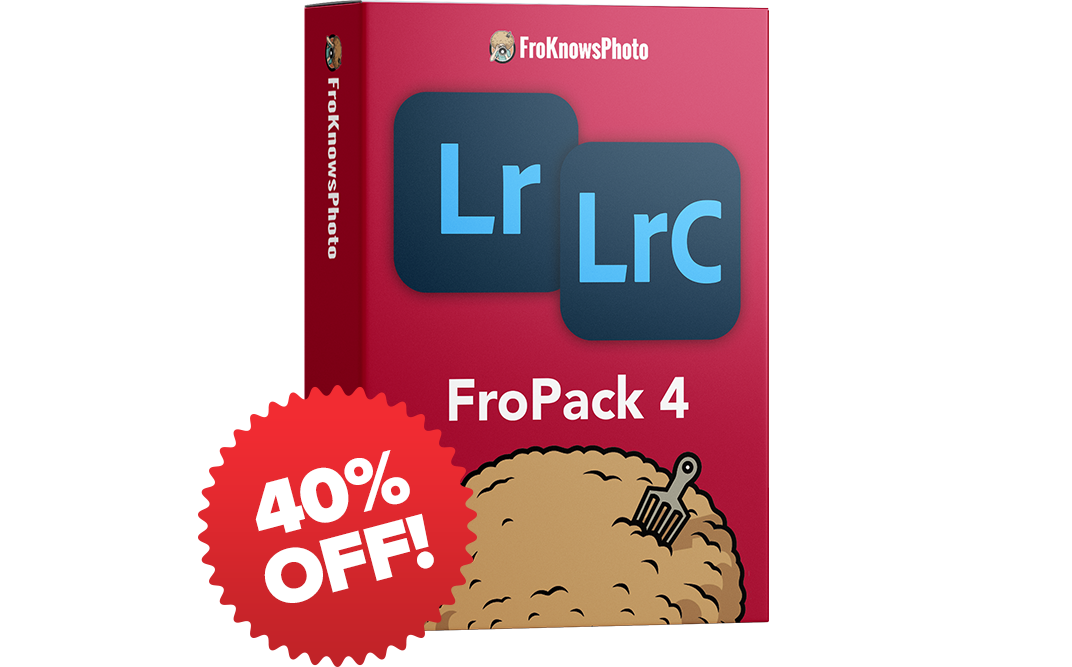Manual Mode Explained
Manual mode may sound scary but it really is your best friend. Believe me it was a lot scarier when I was shooting film as I had no idea if I was getting my exposures right or wrong. I never wrote anything down so I couldn’t replicate success or change failure anyway.
Now that everything is digital there is nothing to be afraid of and it is time to experiment with your Manual settings in the camera. Remember this does not mean turn your lens to manual, just your Shutter Speed, F stops and ISO. You should always set your own ISO regardless of shooting in A,S,M or any other mode.
You are in manual how do you know if your settings are right? In the video I suggest that you take a few images while set to the aperture priority mode which means you set your F stop and the camera will take care of the shutter speed. The camera is going to give you what it thinks your shutter speed should be. This shutter speed and F stop is a good indication of where you should set your camera when you switch into manual the first time.
Look inside the camera, do you see a bar on the side or bottom of the viewfinder that shows + at the top and – at the bottom or in some cameras left than right? This is your light meter, as you change your F stop and Shutter speed you will see this move up or down. When it is exactly in the middle the camera is telling you that based on the scene your exposure will be correct. This is not always true that is why we have the ability to manually change all our settings.
The best advice for starting out in manual is to play around, see what happens if you move your shutter speed down and than if you move it all the way up. You will see the image get overexposed or to bright all the way to under exposed or to dark. Do the same thing with the F stops, change just your f stops to see what will happen as you go from wide open letting in the most light to closed down letting in less light. The final setting to change to see what happens as it raises and lowers is your ISO, as it changes look at your shutter speeds, the lower the ISO the slower the shutter speeds will be. The higher the ISO the faster your shutter speeds will be.
The name of the game while you are learning is playing around and experimenting to get a feel for the cause and effect of the changing settings.
Good Luck!!!



